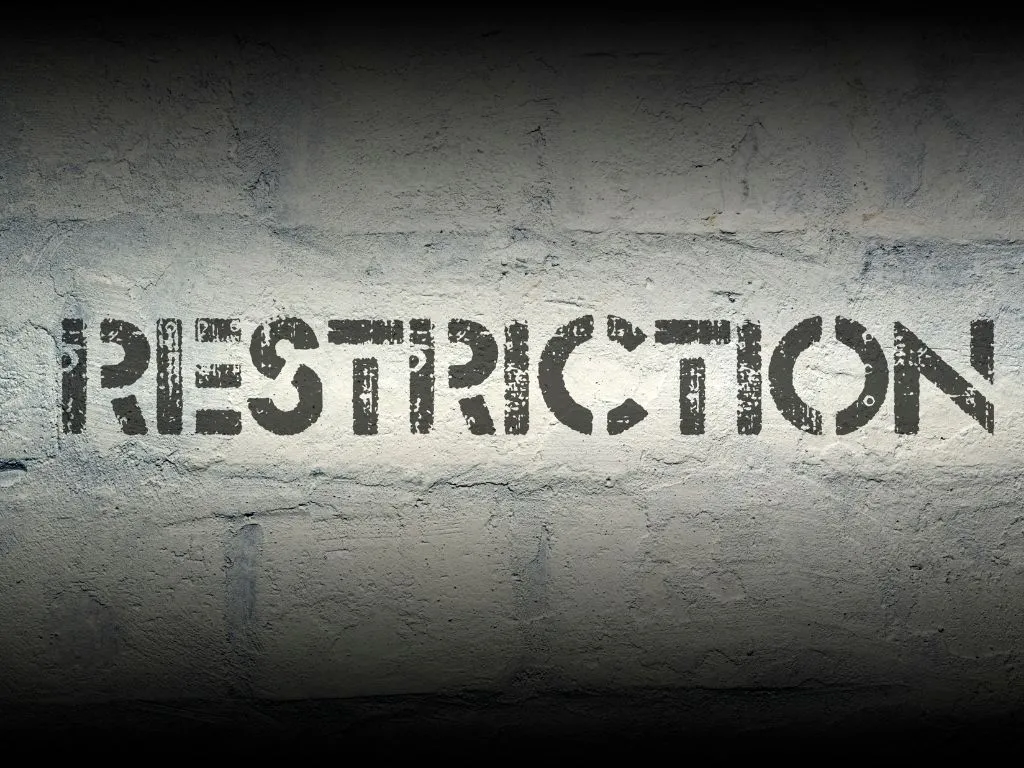

Reference source : European Commission
On 17 May 2024, the European Commission published Regulation (EU) 2024/1328, which significantly amends Annex XVII (the list of restricted substances) of the REACH Regulation. This new regulation imposes restrictions on the use and placing on the market of octamethylcyclotetrasiloxane (D4), decamethylcyclopentasiloxane (D5) and dodecamethylcyclohexasiloxane (D6) due to their recognised harmful effects on the environment.
The regulation targets the presence of the three substances in various consumer and professional products, including leave-on cosmetic products, medical devices, and dry cleaning solvents, which contribute to the release of these hazardous substances into the environment.
D4, D5 and D6 Classification
The European Chemicals Agency (ECHA) classifies D4, D5 and D6 as Substances of Very High Concern (SVHC) due to their very persistent and very bioaccumulative (vPvB) properties. D4 has also been identified as persistent, bioaccumulative and toxic (PBT). In addition, D5 and D6 are classified as PBT if they contain 0.1 % or more by weight of D4.
Phased Implementation and Specific Exemptions
The restriction will apply from 6 June 2026 and will prohibit the use or placing on the market of D4, D5 and D6 as substances on their own, as constituents of other substances or in mixtures in a concentration equal to or greater than 0.1% by weight of the respective substance.
However, the Regulation provides for a phased approach to the restrictions, with different deferral periods for certain uses to give industry time to adapt. For example, the use of these substances in leave-on cosmetic products will be prohibited from 6 June 2027, while medical devices and veterinary products will be deferred until 6 June 2031. The regulation also includes exemptions for certain professional uses, such as the cleaning or restoration of art and antiques, and for products such silicone insoles for horses and high-performance 3D printing applications. These exemptions are carefully defined to balance environmental protection with practical industrial needs.
The use of D4 and D5 in wash-off cosmetic products have already been restricted since 31 January 2020.
Full details of the restrictions can be found in Regulation 2024/1328 here.
Aiming for Environmental Protection
ECHA and its Committees have made extensive assessments and recommendations to ensure that the proposed restrictions effectively minimise the environmental risks associated with D4, D5 and D6. The Regulation emphasises that controlling the emissions of these substances is essential to reduce their long-term impact on both aquatic and atmospheric compartments. By implementing these measures, the European Commission aims to achieve a higher level of environmental protection, reflecting a commitment to the sustainable and safe use of chemicals within the EU.
If you want to access the GHS report, please Register here in GPC Intelligence Portal click here
